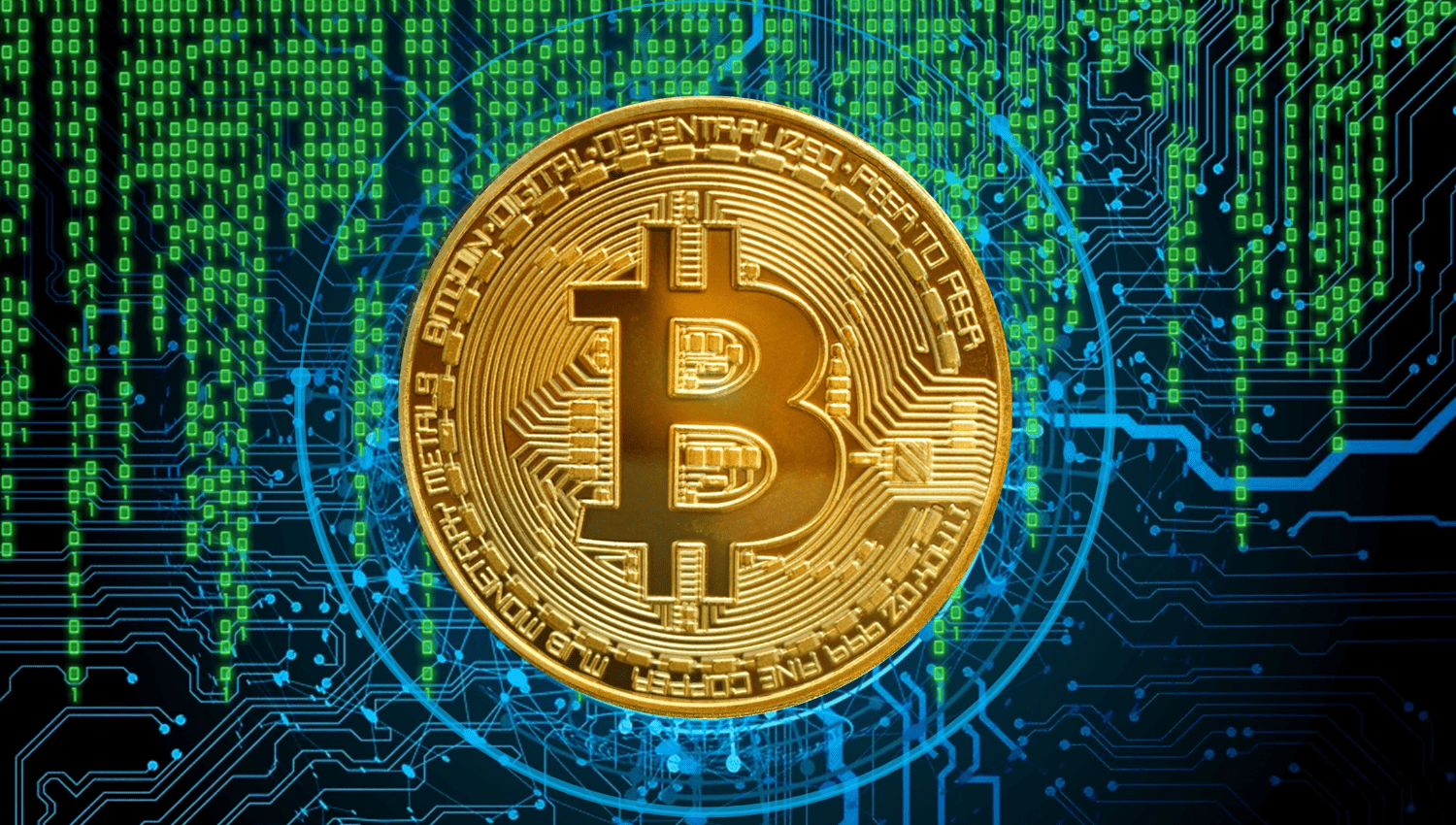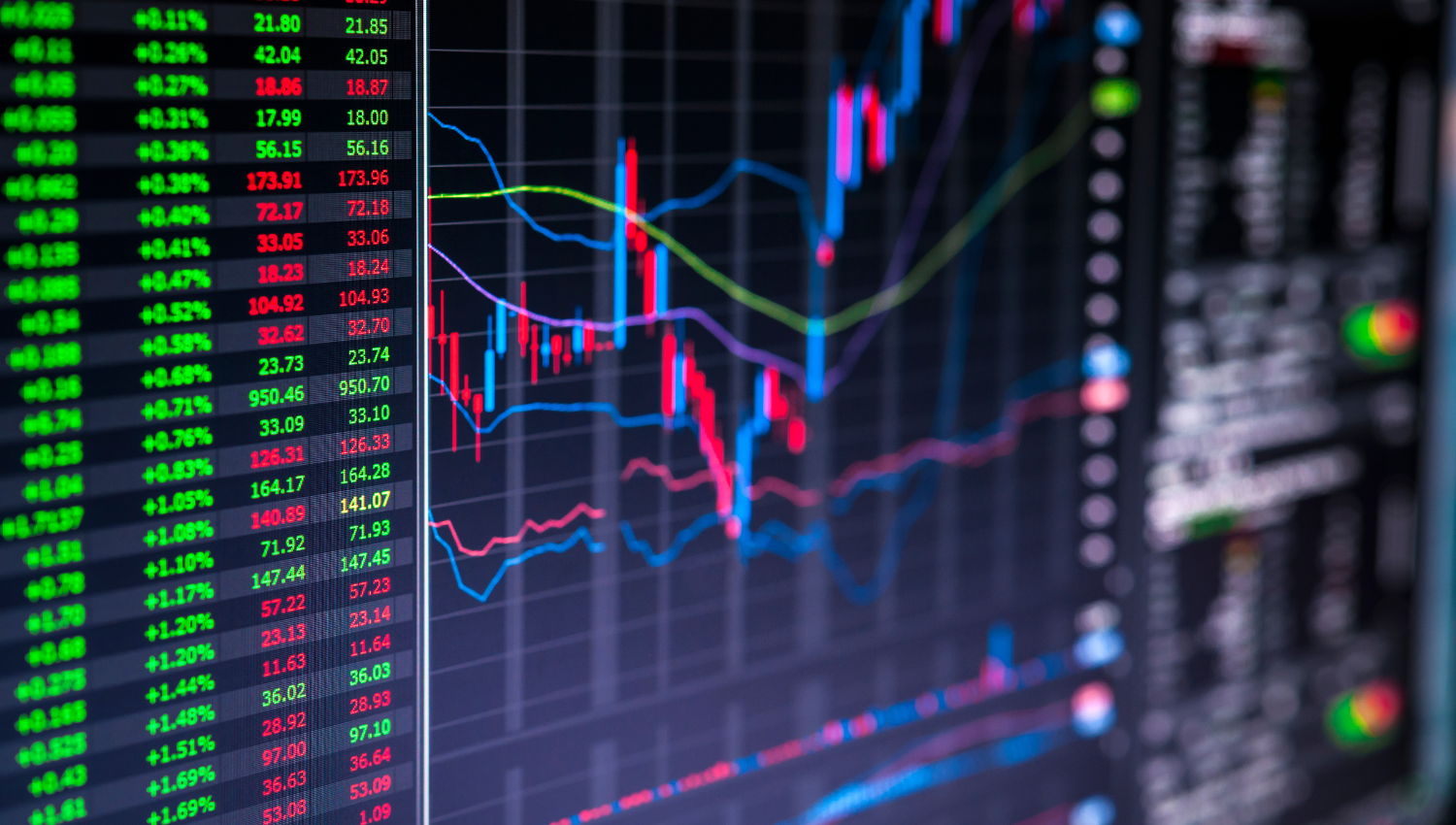
Current Performances and Market Dynamics
Performances in the past year suggest that the price of Bitcoin has seen significant fluctuations. As of March 5, 2024, the current Bitcoin price is $66,838, up from $22,348 one year ago, marking a change of 199%.
In the past year, the price of gold has seen some fluctuations. As of March 5, 2024, the current gold price is $2,027.50 per ounce, up from $1,826.10 one year ago, marking a change of 15.8%
Bitcoin ETFs and Gold Performance Comparison
When comparing the impact of Bitcoin ETFs to that of gold ETFs, the historical perspective offers valuable insights. The introduction of the first spot gold ETFs marked an important moment, resulting in substantial appreciation in gold prices over the following decade. If Bitcoin were to follow a similar trajectory, a substantial increase in its price could be anticipated. This comparison is instructive, as it highlights the potential for Bitcoin ETFs to make Bitcoin more accessible to a broader range of investors, thus driving up its price.
However, the direct comparison must be nuanced. The cryptocurrency market is inherently more volatile and subject to different regulatory and market forces than the gold market. While gold has a long history as a safe-haven asset, Bitcoin is relatively new and its market is still developing. Despite these differences, the potential for Bitcoin ETFs to attract new capital from traditional stock and bond markets, as well as from the gold market, could be significant, potentially totaling around $70.5 billion in new capital influx.
Long-Term Implications and Outcomes
In the near future, Bitcoin ETFs are expected to make a significant impact on the world of cryptocurrency. In the short and medium term, the arrival of Bitcoin ETFs could result in higher Bitcoin prices due to new investments pouring in and a wider recognition of Bitcoin as a legitimate investment option. Looking further ahead, with more people owning Bitcoin through Spot ETFs, it could reduce the power of big Bitcoin owners, potentially leading to less volatility and lower chances of market manipulation.
It’s worth noting the competition among different cryptocurrencies in the market. If historical trends during bullish periods repeat themselves, we might see a shift away from Bitcoin towards alternative coins, which could mean significant gains for these other cryptocurrencies. This shows how intricate the relationship is between Bitcoin ETFs, market dynamics and the overall cryptocurrency landscape.
Resilience and Performance of Bitcoin ETFs versus Gold ETFs
Global Economic Context and Market Performance
The global financial landscape in 2024 is marked by evolving economic factors such as inflation concerns, geopolitical tensions, and shifts in monetary policy. These factors invariably influence investment vehicles like Bitcoin ETFs and Gold ETFs, each responding distinctly to these macroeconomic trends.
Bitcoin ETFs in 2024: A Surge in Popularity and Performance
Bitcoin ETFs have seen a notable rise in acceptance and performance in 2024. BlackRock and Fidelity Bitcoin ETFs, in particular, have demonstrated significant net flows, highlighting their popularity among investors. This surge can be attributed to several factors:
- Institutional Adoption: Major financial institutions have embraced Bitcoin ETFs, driving their legitimacy and appeal.
- Market Performance: Bitcoin ETFs like those from BlackRock and Fidelity have ranked high among U.S. ETFs, showcasing exceptional performance despite a competitive landscape.
Gold ETFs: Traditional Stability Amidst Volatility
Gold ETFs have historically been perceived as “safe-haven” assets, especially during periods of high inflation and economic uncertainty. Their performance during such times often reflects investors’ tendency to flock to gold as a hedge against volatility. The intrinsic value of gold, backed by its physical properties and historical relevance, contributes to its stability and resilience.
Bitcoin vs. Gold ETFs: Comparative Analysis
- Market Resilience: Bitcoin ETFs have shown remarkable resilience in 2024, bolstered by significant institutional inflows and a growing perception of Bitcoin as a “safe-haven” asset amidst global economic uncertainties.
- Investment Appeal: The appeal of Bitcoin ETFs has been amplified by technological advancements and broader market adoption. Conversely, Gold ETFs continue to attract investors seeking traditional stability and hedge against inflation.
Future Outlook and Investment Considerations
- Bitcoin’s Potential Surge: Predictions suggest that Bitcoin’s price could soar to unprecedented levels following the halving event and the hype around spot ETFs, although risks remain due to the volatile nature of cryptocurrencies.
- Strategic Diversification: Investors might consider diversifying their portfolios with both Bitcoin and Gold ETFs, leveraging the growth potential of Bitcoin and the stability of gold.
The dynamic interplay between Bitcoin and Gold ETFs in 2024 reflects broader shifts in investor sentiment and market dynamics. Bitcoin ETFs have emerged as compelling instruments for investors seeking growth and diversification, while Gold ETFs remain essential for those looking for stability and a hedge against inflation. As the economic landscape continues to evolve, the relative appeal and performance of these investment vehicles will likely be shaped by a multitude of factors, including regulatory developments, technological advancements, and global economic trends.
Liquidity and Market Depth of Bitcoin ETFs and Gold ETFs-High Volatility Periods
The introduction of spot Bitcoin ETFs represents a significant achievement, attracting a remarkable $14 billion in trading volume within the initial five days. This exceptional trading activity sets Bitcoin ETFs apart from other commodity based ETFs, positioning them as top contenders in terms of investor interest, even when compared to well established funds tracking the S&P 500 or Nasdaq 100 indexes. In contrast, U.S. traded gold ETFs have solidified their market presence with over $100 billion in assets under management, offering investors a convenient and secure way to invest in gold.
When it comes to volatility, risk and market stability, Bitcoin’s notable price fluctuations stand out against gold’s reputation for being a reliable asset during times of economic uncertainty. This stark contrast underscores the differing risk factors associated with investing in Bitcoin versus gold through ETFs. Bitcoin Exchange Traded Funds (ETFs) offer an exciting investment opportunity that reflects the ever changing Bitcoin market, while gold ETFs provide a secure investment in gold prices without the hassle of dealing with physical gold.
Justifying Risk and Reward
The varying risk reward profiles of Bitcoin and gold ETFs cater to different investor preferences, from conservative investors who prefer the stability of gold to more aggressive investors looking for the potentially higher returns offered by Bitcoin ETFs. The recent buzz surrounding Bitcoin ETFs and their ability to attract significant investments indicates a growing acceptance of Bitcoin’s risk reward potential as a legitimate part of diversified investment portfolios.
Comparing the liquidity and market depth of Bitcoin and gold ETFs during times of market stress or volatility provides a nuanced understanding of their roles in investment strategies. While gold ETFs remain a safe haven during turbulent times, Bitcoin ETFs have quickly emerged as a viable investment option capable of attracting substantial investments. This dynamic showcases how perceptions of risk and reward are evolving in financial markets, where digital assets like Bitcoin are increasingly valued alongside traditional assets such as gold.
This comparison highlights the importance of aligning investment decisions with individual risk tolerance levels and financial objectives, emphasizing the sophisticated approach that investors need to adopt in today’s diverse market environment.
Diversification Prospects-Bitcoin ETF's Vs Gold ETF's

Incorporating Bitcoin ETFs into investment portfolios vis-à-vis traditional assets like gold presents a nuanced approach to diversification, reflecting shifts in risk perception among modern investors. This comparison sheds light on strategies investors are employing to balance the allure of digital assets against the tested stability of gold.
Impact on Portfolio Diversification
Bitcoin ETFs offer an intriguing potential for enhancing returns and diversification in investment portfolios. Fidelity’s analysis indicates that, historically, adding Bitcoin to a portfolio could enhance returns and provide diversification benefits. However, this comes with a caveat of increased volatility, as equities have outperformed Bitcoin in periods of rising inflation. The dramatic influx of $25 billion into Bitcoin ETFs within a mere 15 days of their launch underscores the burgeoning interest in digital assets as a new “digital gold,” challenging the traditional dominance of physical gold investments.
Risk vs. Reward: Navigating the Modern Investment Landscape
The diversification benefits of Bitcoin ETFs hinge on their low correlation with traditional assets like stocks and bonds, although this correlation has shown signs of increasing. If this trend continues, Bitcoin may become less effective as a diversification tool. Nevertheless, the potential for high returns with Bitcoin ETFs attracts investors willing to tolerate higher risk levels for the possibility of enhanced portfolio performance.
In constructing a portfolio that includes both Bitcoin and gold, investors are encouraged to consider their risk tolerance, investment horizon, and financial goals. For those seeking to hedge against market volatility and inflation, gold ETFs remain a robust option. Conversely, investors inclined towards higher risk for potentially greater rewards might find Bitcoin ETFs an appealing addition to their portfolios.
Ultimately, the inclusion of Bitcoin ETFs alongside traditional assets like gold represents a sophisticated approach to portfolio diversification in the modern financial landscape. By carefully weighing the best and worst-case scenarios, investors can judiciously balance traditional and digital assets to achieve a portfolio that aligns with their risk-reward preferences.
To know more about CMS Prime visit us at https://cmsprime.com
Disclaimer: This is not an Investment Advice. Investing and trading in currencies, CFD’s involve inherent risks. It’s essential to conduct thorough research and consider your risk tolerance before engaging in any financial activities.


